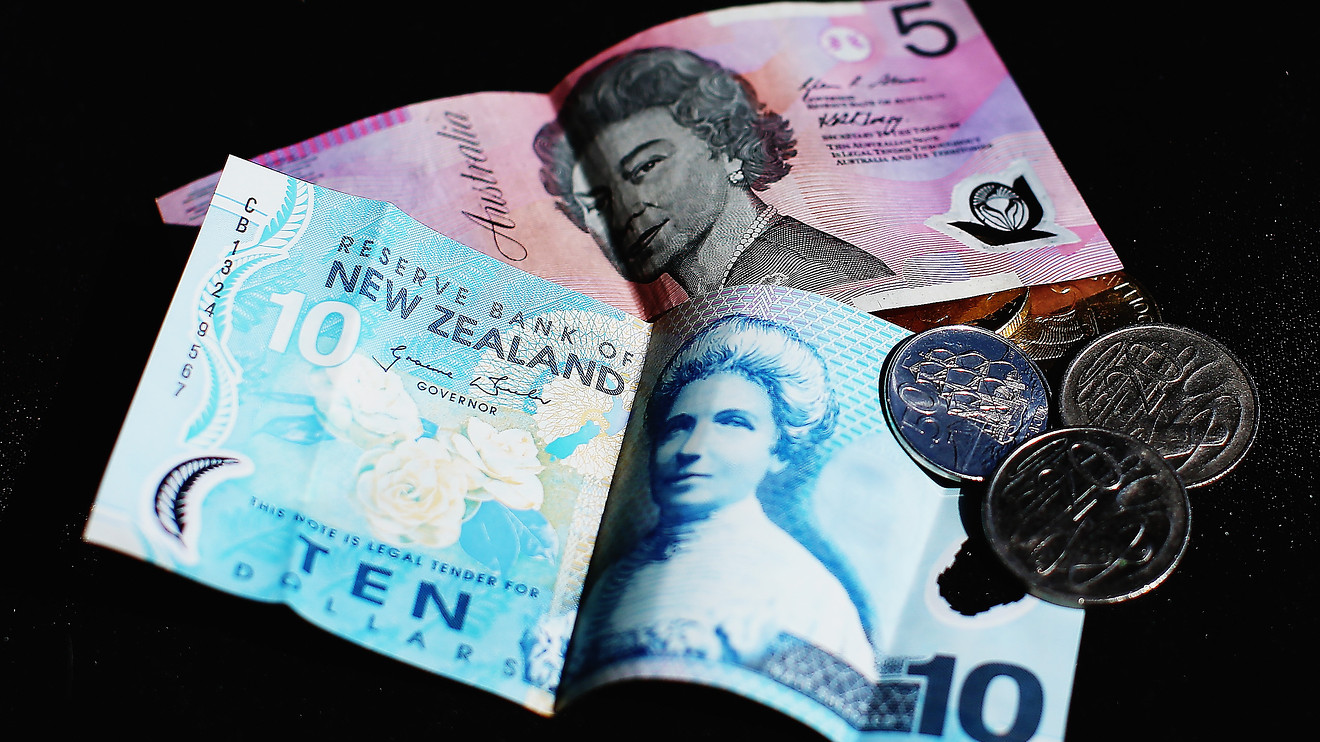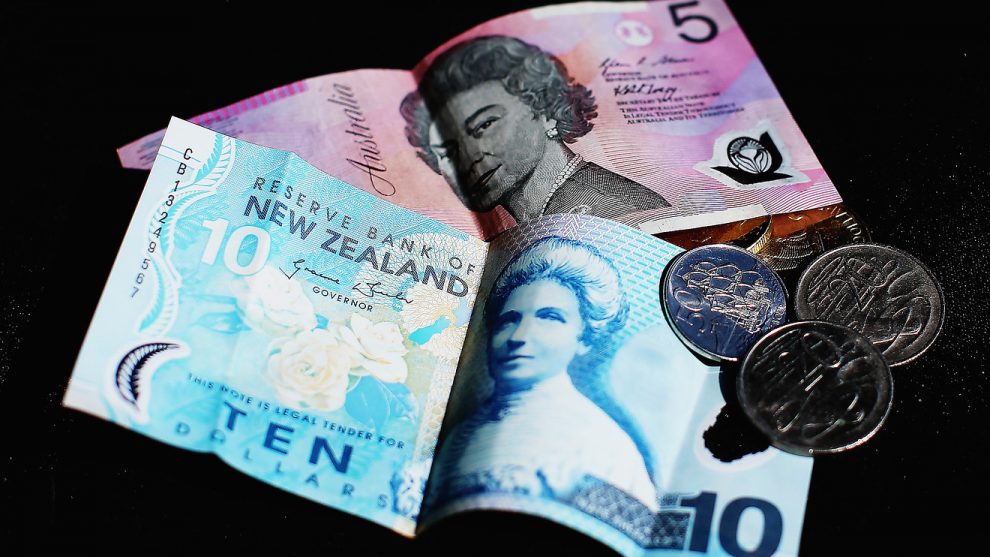
The New Zealand dollar fell on Wednesday after the country’s central bank lowered its official cash rate for the first time since 2016, while the U.S. dollar was also pulling back.
The Reserve Bank of New Zealand cut the country’s key lending rate a quarter of a percentage point to 1.5%, citing slowing global economic growth and easing demand for the country’s goods and services in a statement. Growth is particularly slowing in China and Australia, the country’s biggest trading partners, the bank said.
That rate is now the lowest on record since the OCR was introduced in 1999.
In response, the New Zealand dollar NZDUSD, -0.1212% or kiwi, fell to $0.6588 from $0.6599 late Tuesday in New York.
“As central banks across the globe start to adopt a more dovish stance, traders will be questioning whether this is the start of a new trend for central banks,” said Jasper Lawler, head of research at London Capital Group, in a note to clients.
Elsewhere, the U.S. dollar traded mostly lower on Wednesday, a day after stocks retreated for a second-straight session owing to concerns about trade negotiations between the U.S. and China. The ICE Dollar Index, DXY, -0.10% which measures the dollar against six of its closest rivals, was at 97.433, down 0.2%.
The dollar was particularly weak against the haven Japanese yen USDJPY, -0.13% trading at ¥110.05, up 0.2%. The euro EURUSD, +0.1519% rose 0.2% at $1.1211 and the British pound GBPUSD, -0.1759% was flat at $1.3072.
Providing critical information for the U.S. trading day. Subscribe to MarketWatch’s free Need to Know newsletter. Sign up here.











Add Comment